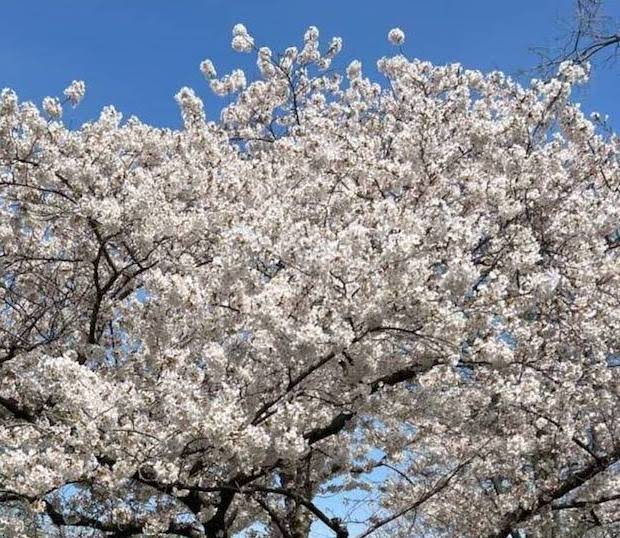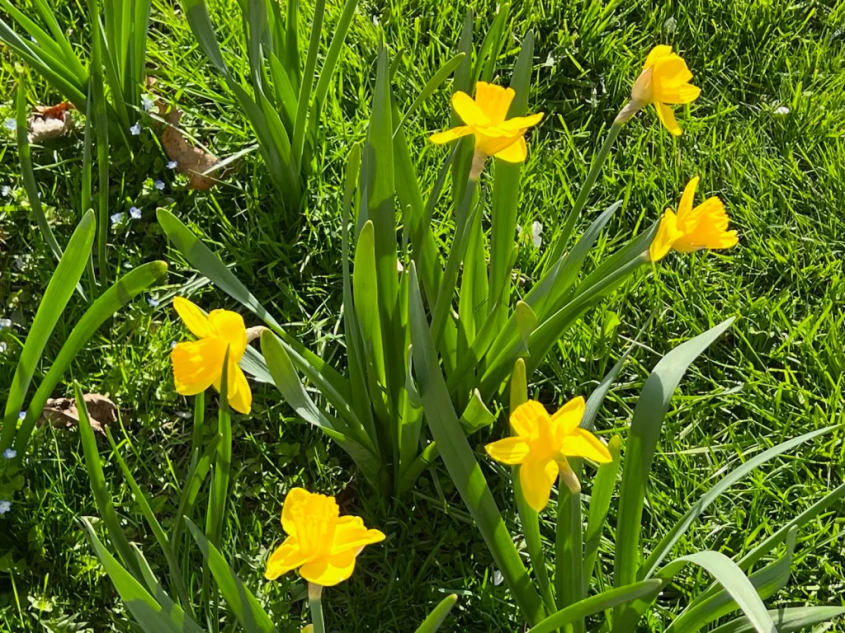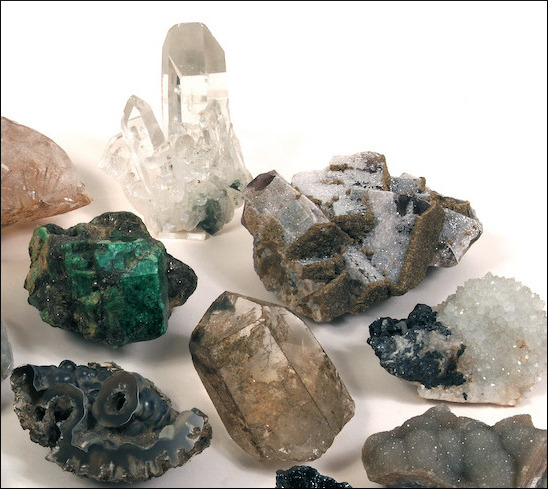Jim Spates has kindly shared with readers of this site material from his wonderful blog, Why Ruskin. This excerpt from his post of May 2022 has been adapted for our own website, but readers are urged to read the full entry, which addresses a broader range of readers, here. — Jacqueline Banerjee
The greatest thing a human soul ever does in this world is to see something and tell what it saw in a plain way. Hundreds of people can talk for one who can think, but thousands can think for one who can see. To see clearly is poetry, prophecy, and religion, all in one. [Ruskin, Modern Painters]
The few lines quoted above constitute one of Ruskin’s most famous aphorisms, one which is often reproduced in works about him and conveys a deep truth with an eloquence that is his especial trademark. For perhaps more than anything else, his greatest strength was his ability to SEE something in its essence and communicate what he had seen clearly — that communication resulting in his writings’ ability to astonish readers as he told them things that before, even when they were quite familiar with them, they had never noticed.
This began when he was just a little fellow. He would stroll into the family garden at his Herne Hill family home south of London and just sit and look at things for, often, hours at a time, the subtlest qualities of what he was observing revealing themselves to him as time progressed. To go on such a sweet excursion with him, read the first two chapters of his remarkable autobiography, Praeterita – the second called “Herne Hill Almond blossoms.”
This ability to see was only enhanced as he got older. When his family was out for a drive or when he was accompanying his father on his rounds of sherry customers throughout England and Scotland, he would frequently ask for the coach to stop so he could get out and look at something with great care. Still later, during his trips to the Continent, he would frequently stop his carriage to get out, study and sketch some aspect of nature which had taken his eye and thought. Almost all of the wonderful passages containing his observations of nature are the result of these exercises in seeing.
It should hardly surprise us that our subject devoted some of his most beautiful paragraphs to a description of spring, the season of regeneration in the natural world. A selection of these paragraphs occur in the fifth volume of Modern Painters (Vol. 5, chapter IV).The passage below is from the first part of his introduction, in which he describes the processes of life and growth of the tree, that only few of us have taken the time to see as he has.


or the leaves are the feeders of the plant. Their own orderly habits of succession must not interfere with their main business of finding food. Where the sun and air are, the leaf must go, whether it be out of order or not. So, therefore, in any group, the first consideration with the young leaves is very much like that of young bees, how to keep out of the others’ way so that every one may at once leave its neighbors free-air pasture as possible, and obtain a relative freedom for itself. This would be a quite simple matter, and produce other simply balanced forms, if each branch, with open air all round it, had nothing to think of but reconcilement of interests among its own leaves. But every branch has others to meet or to cross, sharing with them, in various advantage, what shade, or sun, or rain is to be had. Hence every single leaf-cluster presents the general aspect of a little family, entirely at unity among themselves, but obliged to get their living by various shifts, concessions, and infringements of the family rules, in order not to invade the privileges of other people in their neighbourhood.
And in the arrangement of these concessions, there is an exquisite sensibility among the leaves. They do not grow each to its own liking, till they run against one another, and then turn back sulkily; but, by a watchful instinct, far apart, they anticipate their companions’ courses, as ships at sea, and, in every new unfolding of their edged tissue, they guide themselves by the sense of each other’s remote presence, and by watchful penetration of leafy purpose in the far future. So that every shadow which one casts on the next, and every glint of sun which each reflects to the next, and every touch which in toss of storm each receives from the next, aid or arrest the development of their advancing form, and direct, as will be safest and best, the curve of every fold and the current of every vein.
And this peculiar character exists in all the structures thus developed, and they are always visibly the result of volition on the part of the leaf, meeting an external force or fate to which it is never passively subjected. Upon it, as on a mineral in the course of its formation, the great merciless influences of the universe, and the oppressive powers of minor things immediately near it, act continually. Heat and cold, gravity and the other attractions, windy pressure, or some local or unhealthy restraint [perhaps an invasive disease], must, in certain inevitable degrees, affect the whole of its life. But it is life which they affect; a life of progress and of will, — not a merely passive accumulation of substance....



Left two: Cherry blossom and daffodils (author's photos). Right: Minerals on display in "John Ruskin: The Power of Seeing" exhibition, 2019 (© Guild of St George, Museums Sheffield).
This may be seen by a single glance. The mineral — suppose an agate in the course of formation — shows in every line nothing but a dead submission to surrounding force. Flowing, or congealing, its substance is here repelled, there attracted, unresistingly to its place, and its languid sinuosities follow the class of the rocks that contain them, in servile deflection or compulsory cohesion, impotently calculable and cold. But the leaf, full of fears and affections, shrinks and seeks, as it obeys. Not thrust, but awed into its retiring; not dragged, but won to its advance; not bent aside, as by a bridle, into new courses of growth: but persuaded and converted through tender continuance of voluntary change.
The mineral and it differing thus widely in separate being, they differ no less in modes of companionship. The mineral crystals group themselves neither in succession nor in sympathy; but great and small recklessly strive for their place, as they gather into opponent asperities. The confused crowd fills the rock cavity, hanging together in a glittering, yet sordid heap, in which nearly every crystal, owing to their vain contention, is imperfect, or impure. Here and there, one, at the cost and in defiance of the rest, rises into unwarped shape or unstained clearness. But the order of the leaves is one of soft and subdued concession. Patiently each awaits its appointed time, accepts its prepared place, yields its required observance. Under every oppression of external act, the leaf group follows a law laid down in his own heart; and all the members of it, whether in sickness or health, in strength or languor, combine to carry out this first and last heart law; receiving, and seeming to desire for themselves and for each other, only life which they may communicate, the loveliness which they may reflect. [35-37]

Like any individual instance of life, nothing, however beautiful, lasts very long. Cherry tree blossoms have their function and time; daffodils have their function and time. But when that time is up, the life force fades, sometimes to be replaced by another form of life seeking its own “moment in the sun.” It is an invariable Law of Nature – All things must pass. In the case of our cherry tree shown above, after about a week of glory, its pregnant leaves, which have been, to this point, growing patiently beneath the the beautiful buds, can stand it no more and burst out, pushing the blossom petals off, showering the grass and sidewalk with a beautiful spring “blossom storm” which lasts, at most, a couple of days, giving joy in its brief traverse in the same way that its parent blossoms have done for the week prior. After this, the new leaves get their five months in the sun, at which point the fall having arrived, obeying yet another Law in their silent repertoire, they too will spontaneously relinquish their hold on center stage and retreat into a kind of hibernation until the next spring brings the whole cycle around again. And all this law is not one whit less true when we consider this spring’s daffodils.
In short, “There IS no wealth but life!” – And Life, as Ruskin understands it, is not only sentient, but intelligent, always striving, in its every blossom and branch, with every fiber of its being, toward its own effulgence, striving with every “breath,” to become all that can be, reaching always to actualize, at the highest possible level, all its capacities, whether inherent and gained – as the later part of the passage, employing Ruskin’s devotion to finding analogues in the laws of nature elsewhere, illustrates. To say it just once more, "There IS no wealth but life," and, in the deepest spirit of today’s passage:
The greatest thing a human soul ever does in this world is to see something and tell what it saw in a plain way. Hundreds of people can talk for one who can think, but thousands can think for one who can see. To see clearly is poetry, prophecy, and religion, all in one.
For which “spring seeing," we are forever – and thankfully so - in Ruskin's debt!
Links to Related Material
- The Garden at Herne Hill
- "John Ruskin: The Power of Seeing" (review of exhibition at Two Temple Place in 2019)
Bibliography
Ruskin, John. Modern Painters, Book V. London: George Allen, 1897. Internet Archive, from the Digital Library of India JaiGyan. Web. 24 June 2025.
Created 23 June 2025